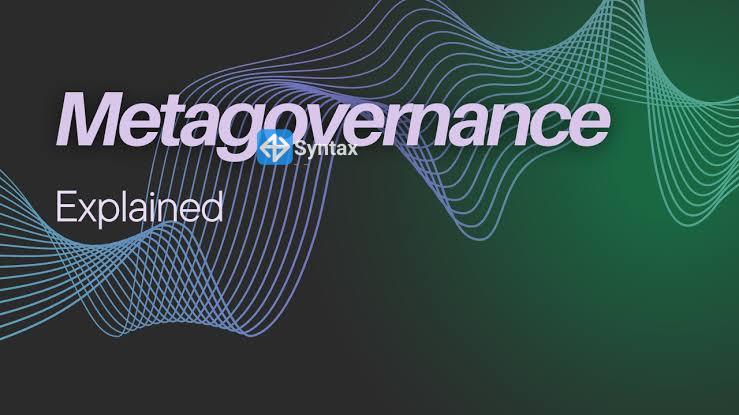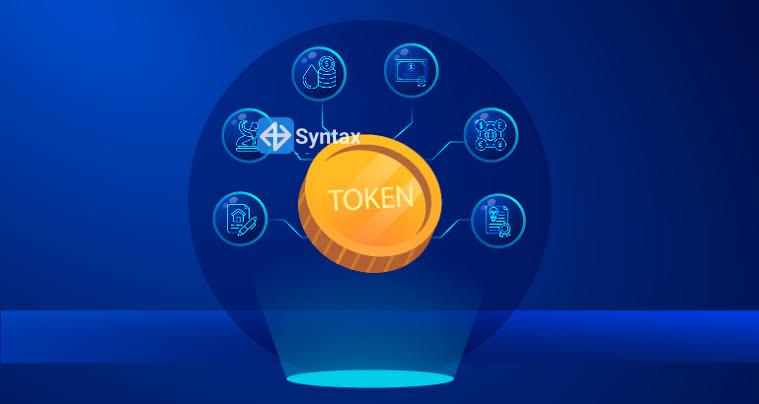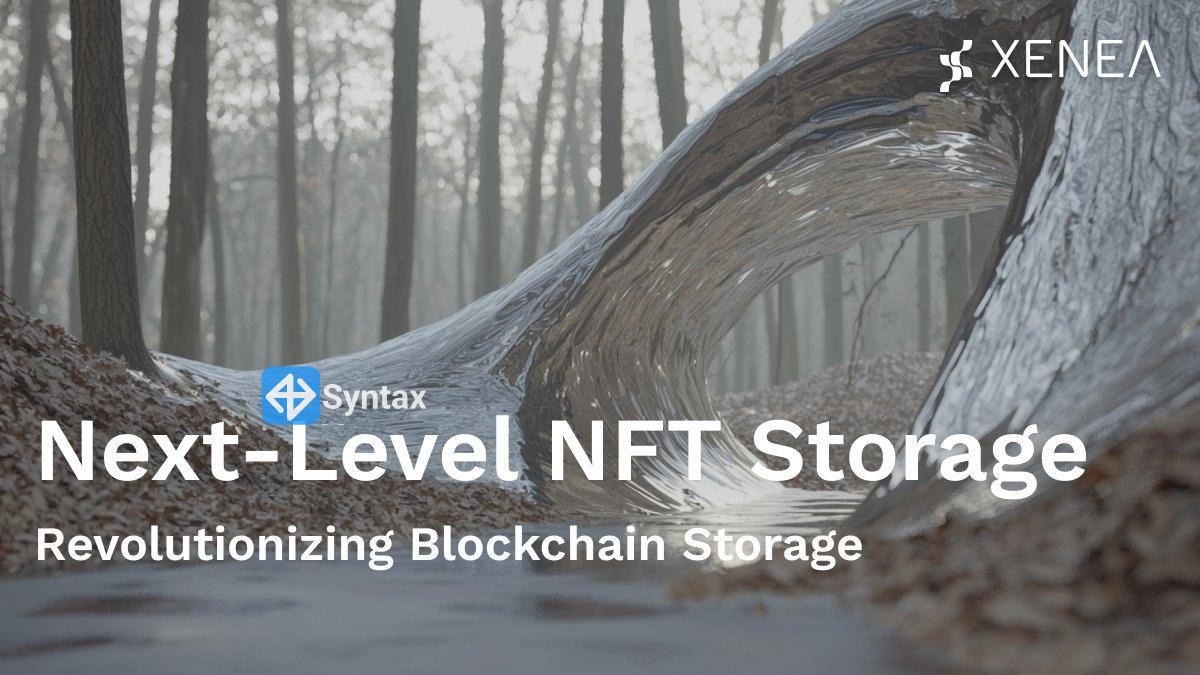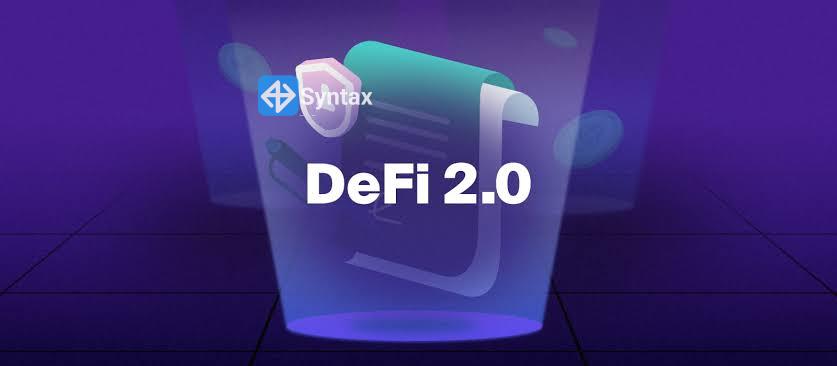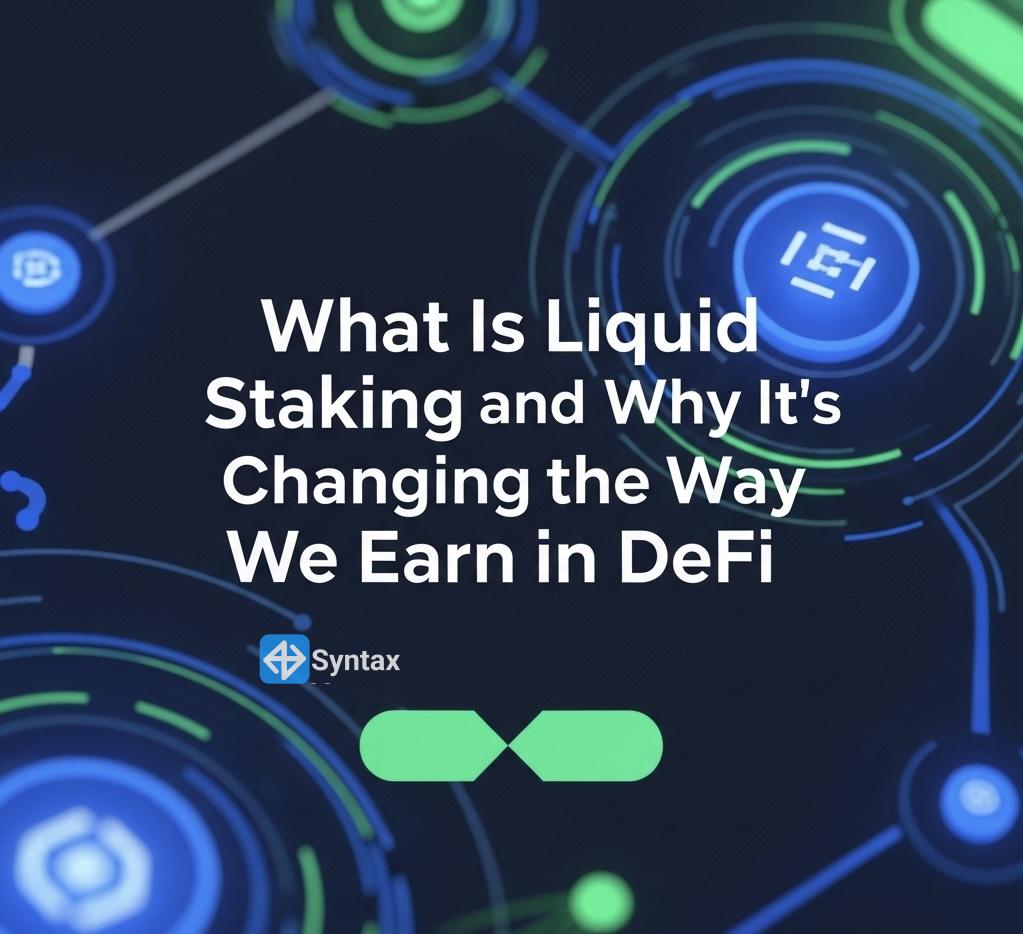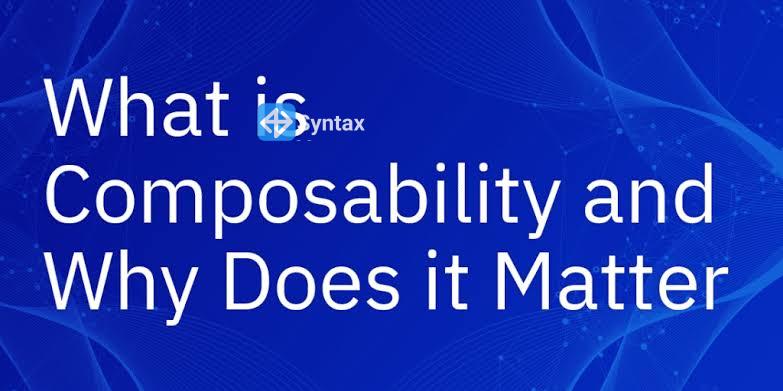When you look at any cryptocurrency on a price tracking website, you’ll often see a metric called "volume." While many focus only on price, volume can actually reveal a lot more about a token’s activity, liquidity, and investor interest.
So, what exactly is trading volume, and why does it matter in the world of crypto? Let’s break it down in simple terms.
What Is Trading Volume in Crypto?
Trading volume refers to the total amount of a cryptocurrency that has been traded during a specific time period typically measured over the last 24 hours.
It includes:
- Buys and sells across exchanges
- All transactions involving that coin or token
- Activity in both fiat and crypto pairs (like BTC/USDT, ETH/USD, etc.)
For example, if 100,000 tokens of a coin were traded in the past day, its 24-hour volume is 100,000 often expressed in USD or the base currency value.
Why Does Trading Volume Matter?
1. It Shows Market Activity
High trading volume means a lot of people are buying and selling that asset indicating strong interest and activity. Low volume, on the other hand, might suggest weak demand or limited investor attention.
2. It Affects Liquidity
The more volume a coin has, the easier it is to enter or exit trades without affecting the price too much. Low-volume assets can be hard to sell quickly or you may get a worse price due to lack of buyers.
3. It Confirms Price Movements
If a coin’s price rises or falls sharply but volume is low, it could be a false signal or short-term manipulation. But when volume is high during a move, it adds credibility to the trend.
4. It Helps Spot Pump and Dumps
Sudden spikes in volume especially without news or major events might suggest coordinated "pump and dump" behavior. Monitoring volume helps traders spot unusual activity early.
Example in Action
Let’s say Token A and Token B are both priced at $1.
- Token A has a daily volume of $100 million.
- Token B has a daily volume of $50,000.
Even though they have the same price, Token A is far more active, liquid, and easier to trade. If you’re investing, that makes a big difference especially when you want to sell.
Volume Isn’t Everything
While volume is a powerful signal, it’s not the full story. Some high-volume tokens are driven by short-term hype or bots, not real users or long-term value. Always combine volume data with:
- Price charts
- Token utility
- Community engagement
- Exchange reputation
So next time you're checking out a crypto project, don’t just ask “What’s the price?” also ask “What’s the volume?”




